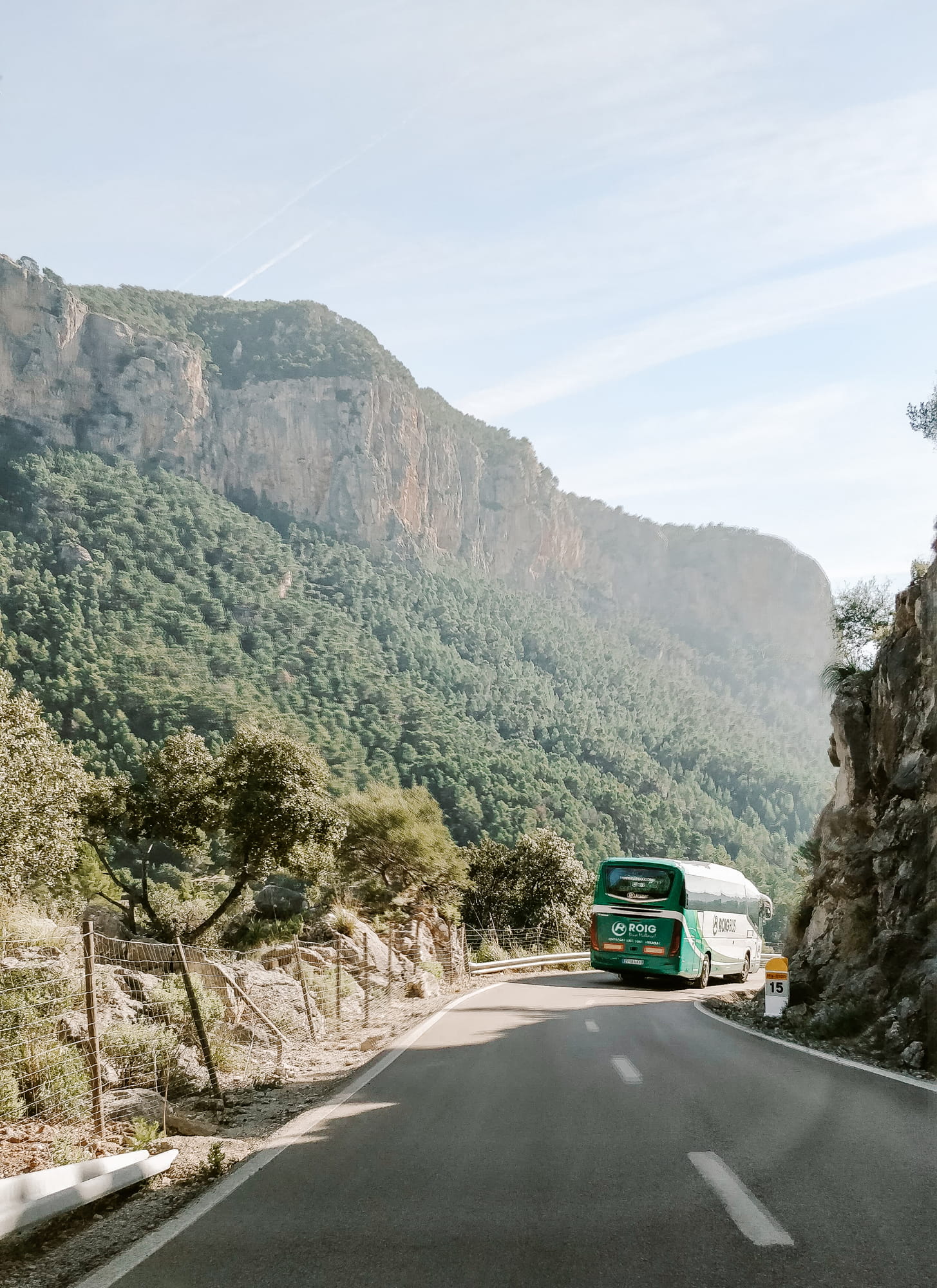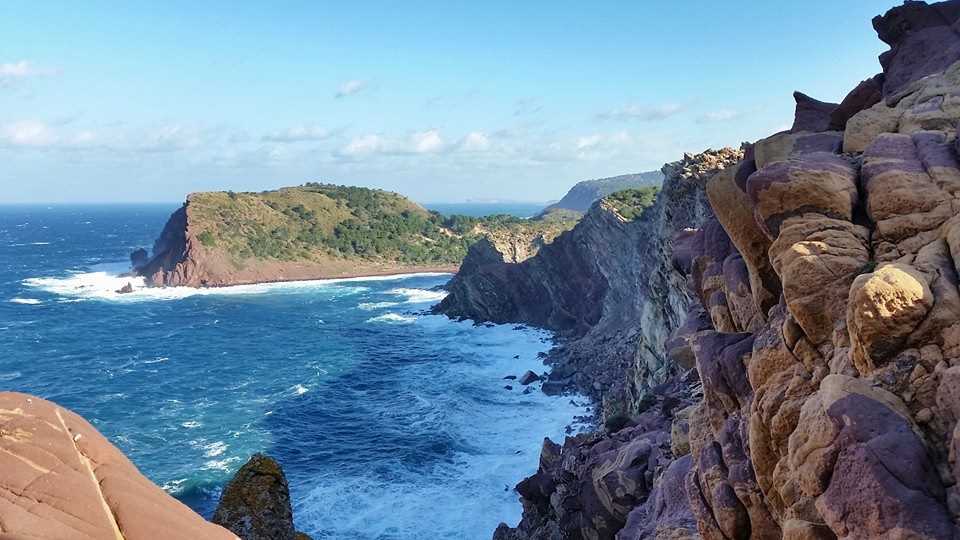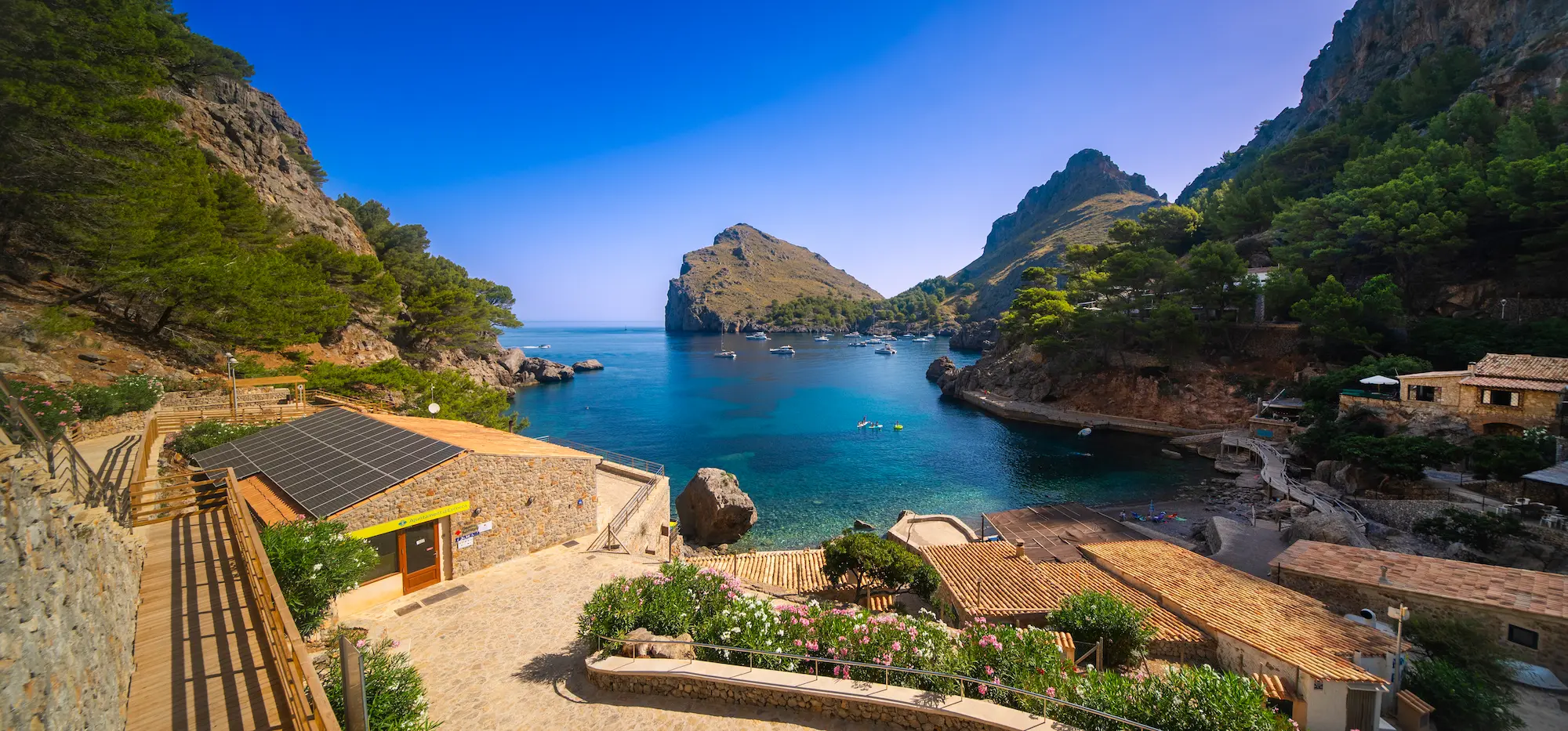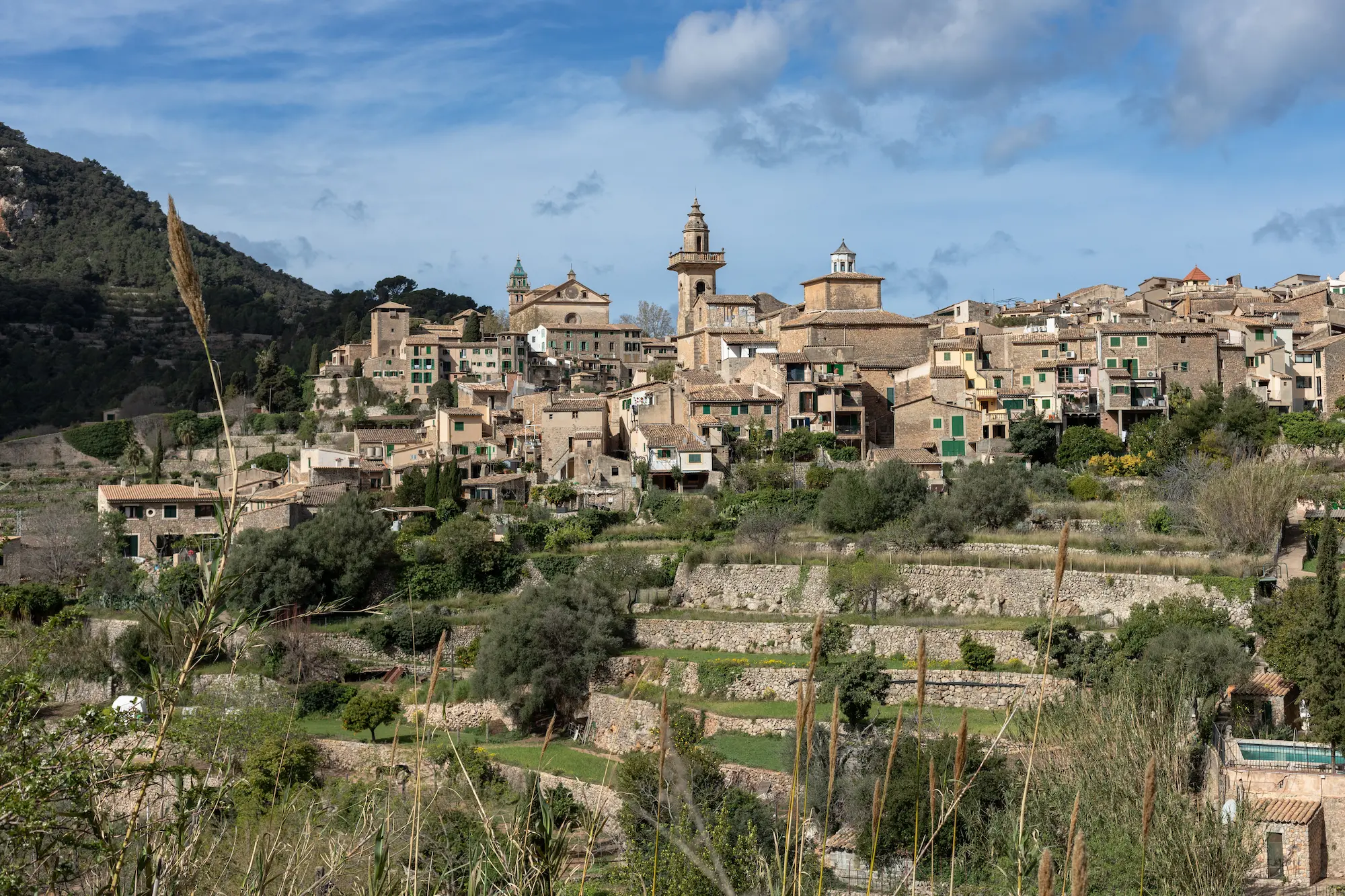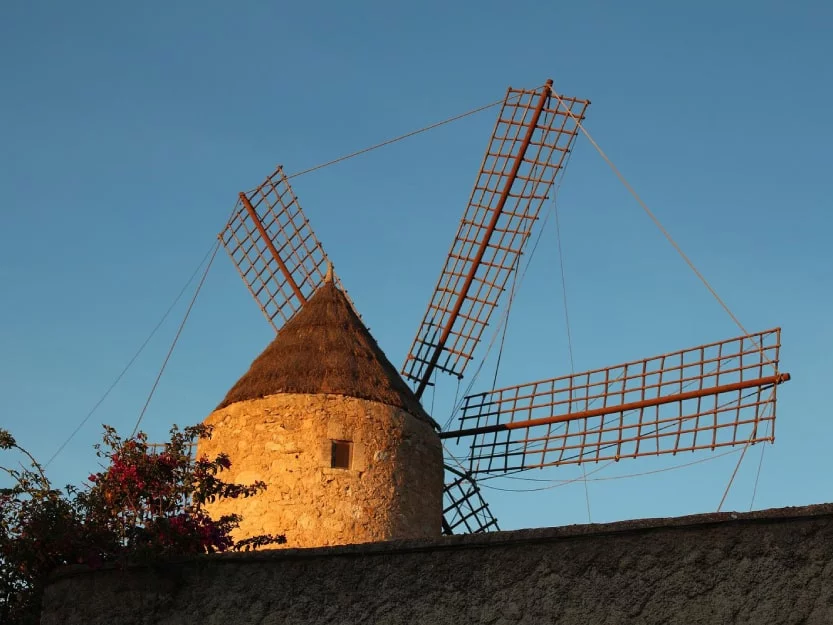If there is one place where you can enjoy nature in all its splendour, it is the archipelago of the Balearic Islands, specifically its largest island: Mallorca, a paradise of indescribable beauty where parks and natural monuments are the main characters. Are you up for some of the most impressive circular hiking routes in Mallorca, which will allow you to fall in love with the island?
At ROIG we want to help you get to know the island in the best way possible, and if you’re a nature lover, we have to tell you that you’ve chosen the perfect destination. That’s why we’re going to tell you a bit more about Mallorca’s landscape, showing you its diversity and beauty in its purest form.
What is the landscape of Mallorca like?
Mallorca’s landscape is characterised by its marked contrasts. On the one hand, the rugged mountain ranges are lined up next to the sea, and on the other hand, they form extensive plains and valleys used for agriculture on the island. The great beaches or the best coves of Mallorca are located in a hilly and mountainous landscape.
Some of the most impressive landscapes in the whole of Spain await you in this paradisiacal destination.
Serra de Tramuntana
The Serra de Tramuntana is a mountain range characterised by fertile valleys irrigated by mountain water. Here you will find numerous orange and lemon groves, as well as vineyards and vegetable plantations. One of the best ways to explore the Serra de Tramuntana by car is to drive through its main villages: Sóller, Estellencs, Banyalbufar, Deià, Calvià, Valldemossa and Pollença.
Es Raiguer
Es Raiguer is an area located in the southeast of the island and borders the Serra de la Tramuntana. It is a place of mountainous transition, which reaches up to the Pla de Mallorca. Farming is very difficult in this area and, for this reason, you will find a completely wild landscape, where you will hardly feel the hand of man.
Pla de Mallorca
We have now reached the Pla de Mallorca, which is located in the centre of the island. It is the most important place for agriculture, so the landscapes you will see here will be tinged with vineyards, almond plantations and vegetable food production, such as potatoes, vegetables, rice and corn.
This region is sheltered by the mountains and there are up to 4 different harvests throughout the year. In addition to agriculture, the population of Pla de Mallorca is quite active in tourism, especially in towns such as Alcúdia and Can Picafort.
Llevant
We continue our route through the landscape of Mallorca with the Llevant area. This region in the east of the island has a mountain range called Serra de Llevant, but the peaks are no higher than 500 metres above sea level. Some of its beautiful beaches are Cala Millor, Son Servera, Sa Coma and Cala Ratjada. It also has 3 natural caves, which are the Coves del Drach, Coves del Hams and Cales d`Arta.
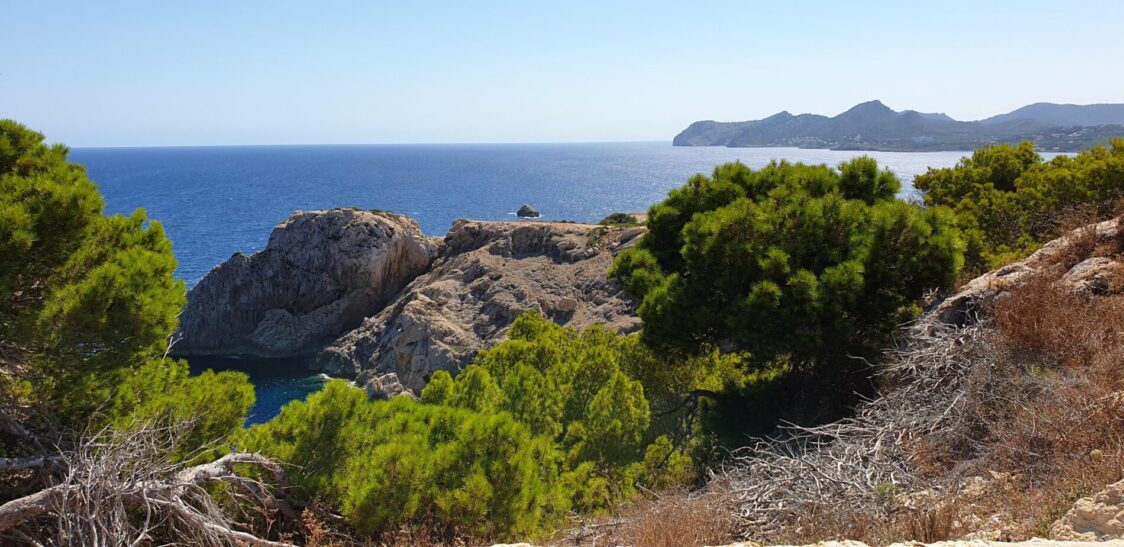

Migjorn
The area of Migjorn borders the Pla de Mallorca and the Llevant area and the way of life is mainly based on agriculture. Here you can find a coastal strip, where you will find the small town of Colonia de Sant Jordi and the beach of Es Trenc.
The beach of Es Trenc is one of the most acclaimed by tourists for its beauty. It is a coastal area 6 kilometres long, where construction is prohibited and it is therefore completely unspoilt.
Palma
The last scenic area of the island moves a little away from nature to give way to man-made construction in all its essence. Palma is the capital of the island and is the area with the largest population, with 500,000 inhabitants. It is the economic and political centre of the island.
What are the most beautiful things to see in Mallorca?
Mallorca’s best natural wonders offer plenty of adventure and scenic options to wow your Instagram followers. Most people who visit the island are already aware of its best beaches, but Mallorca offers lesser-known capes, mountains, forests and cliffs with beauty you’ve never seen before.
Beyond the bustling resorts that line the Magaluf area and the UNESCO World Heritage Sites, Mother Nature gives us a wealth of magical, enchanting corners where tourists don’t usually go.
Cala Sa Nau
Cala Sa Nau is one of the most secluded beaches on the southeast coast of Mallorca. It is located halfway between the bustling coves of Portocolom and Cala d’Or and is a little less accessible than these, so you will find it much emptier. To get there you will have to follow the dirt track that leaves from the town of S’Horta, but we assure you that it is well worth it.
Cap de Formentor
Cap de Formentor is a cape that juts out into the sea in a northeasterly direction from the tip of the island. To reach this hidden enclave, you have to go through Port de Pollença, which ends abruptly in steep mountains that show the beginning of the great Serra de Tramuntana.
The best way to explore this type of scenery in Mallorca is by car, as the area has winding roads that wind through the pine trees and open out into the deeper bays. The Formentor lighthouse is the point that marks the end of the route and also one of the places where you can take the best photos of Mallorca.
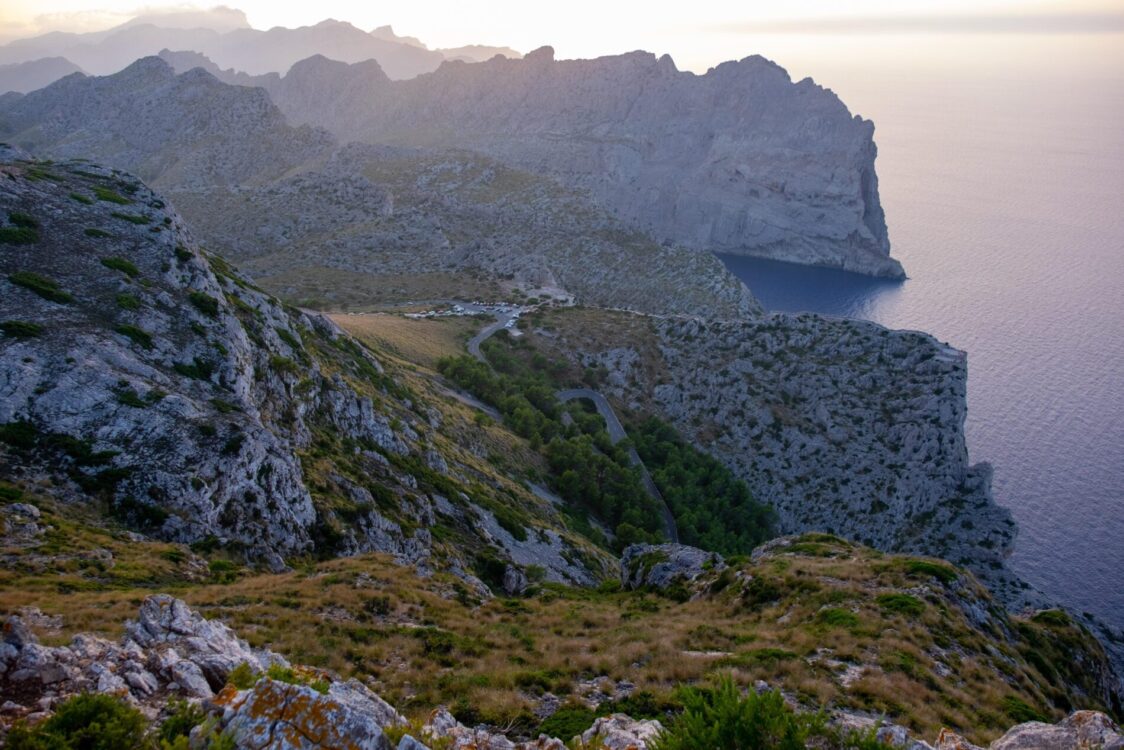

Cúber reservoir
The Cúber reservoir is a large lake of shimmering waters that extends into the valleys below the peak of Puig Major, the highest peak in Mallorca. This reserve is a paradise for hikers, cyclists and adventurers who want to spend a good time surrounded by the purest nature.
Bathing in this area is forbidden, although the water may seem very attractive, especially in the hottest months. If you want to contemplate this reservoir from the heights, you can do so from the viewpoints of Puig Major.
Puig de Galatzó RESERVE
The Puig de Galatzó Reserve is one of the best places to see waterfalls in Mallorca and is located on the outskirts of Puigpunyent. It is advisable to do the route on foot, which is 3.5 kilometres long in the middle of nature.
Along this route you will walk along different paths where you will be able to see animals, the typical vegetation of the Mediterranean forests and some of the most impressive waterfalls on the island.
Caves of Drach
The Caves of Drach reveal the hidden side of the island, as they take visitors on a journey several metres below the ground. This space opens up more than 25 metres below sea level and covers a length of 1.5 kilometres, making these caves one of the largest underground systems in the region.
Here you can see impressive mineral formations and stalactites, as well as a large underground lake, which you can cross on board a small boat.
Es Trenc
Es Trenc is an idyllic example of what all beaches in Mallorca should be. As we have mentioned before, it is forbidden to build along its 6 kilometres, so it has become a wild and natural landscape. Its beautiful boats are the only thing that adorn the southwest coastline of the island, which has sands so white that they look as if they were brought from the Caribbean.
The atmosphere here is one of peace and tranquillity. From the crystal-clear waters, practically motionless, to the people who lie on the sand to enjoy a good read. It’s a perfect place to swim, relax, snorkel and sunbathe to your heart’s content.
Puig Major
Puig Major is the highest peak in Mallorca and in the Balearic Islands in general. The peak reaches 1445 metres above sea level and is located in the heart of the Serra de Tramuntana mountain range. So, it is a mountain that you can see from practically any point on the island.
The whole massif is ideal for hikers, as it is full of paths perfect for walking or running. If you reach the top, you will have wonderful views of the whole island, as well as of the Mediterranean Sea that surrounds the entire territory.
Discover Mallorca’s natural heritage
Mallorca’s natural heritage represents the most beautiful coexistence between man and nature. This marvellous natural work is sculpted in a landscape environment that blends with the local traditions and culture. Idyllic places such as the cultural landscape of the Serra de Tramuntana, La Albufereta or the Pitiüsa islands, are an example of the natural and scenic values that you can enjoy on the largest island of the Balearic Islands.
S’Albufereta Nature Reserve
S’Albufereta Nature Reserve is a natural space of great ecological interest that is chosen, year after year, by hundreds of birds to rest during their migratory routes. It is located in the area of Pollença and was declared a Nature Reserve in 2001 for its incredible landscape and its high ornithological and botanical value.
Here you can enjoy landscapes such as lakes, flooded meadows, torrents, canals, crop fields, dunes and beaches. It is also one of the best places to enjoy a beautiful sunset in the landscapes of Mallorca.
Badia de Palma Marine Reserve
The Badia de Palma Marine Reserve was created to preserve the biodiversity of the coastal area between the Arenal Yacht Club and the Regana cape, as it had been subject to strong human pressure for centuries.
This area is home to a true Mediterranean natural treasure: its seabed is covered by Posidonia meadows, which provide shelter to numerous species that live on the seabed, such as molluscs, crustaceans and starfish.
Fonts Ufanes Natural Monument
The Fonts Ufanes Natural Monument offers a landscape that you have never seen before. It is a spring that springs up from the bottom of the earth, running wildly through the forest and making its way through the trees and rocks it comes across. This spontaneous spectacle only takes place after a significant period of rainfall.
Freu de Sa Dragonera Marine Reserve
The Freu de Sa Dragonera Marine Reserve concentrates, in a very small space, a high diversity of underwater habitats and species.
The marine landscape is very diverse. Posidonia meadows are numerous in areas closer to the coast, while the northern part is dominated by large blocks of rock fallen from the cliffs, which serve as a refuge and natural nursery for species such as grouper, scorpion fish, bream and dentex, as well as crustaceans and other invertebrate species, such as octopuses.
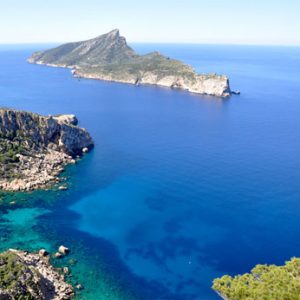

La Trapa
La Trapa is a 75-hectare estate located in front of the island of Dragonera and saved from urban pressure thanks to the work of the people. This area is made up of two west-facing valleys, which end in cliffs overlooking the Mediterranean Sea. The landscape is arid, as this is the area with the lowest rainfall on the island.
Here you can also find the houses of La Trapa, the former monastery of those Trappists who fled the French Revolution of 1789. It is well worth a visit on a short excursion from Sant Elm.
As you have seen, Mallorca’s landscape is diverse and beautiful in its entirety. That’s why we recommend that during your holidays you don’t just lie on the sand on the beach, but that you take the car and start to explore these magical spots that nature has given us.
At ROIG we can help you find the best car rental for your holidays, so that you can get everywhere freely and at the best price.






